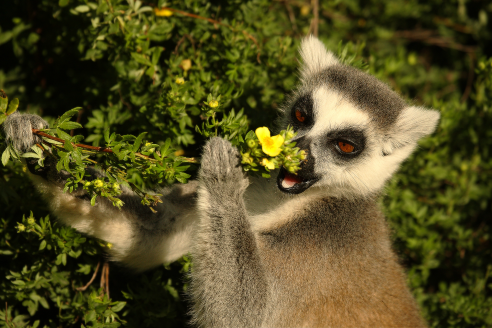2-LS2-2 Develop a simple model that mimics the function of an animal in dispersing seeds or pollinating plants.
If you are teaching the Next Generation Science Standards and are looking for phenomena ideas, you’ve come to the right place! I like to think about phenomena as lesson starters. They are photos or videos showing an observable event in the universe and are used to get kids thinking, asking questions, and discussing their prior knowledge. For more information about using phenomena, there is a handy printable guide and video here:
https://www.nextgenscience.org/resources/phenomena
And now, on to our pollinator phenomenon!
When we think about pollinators, most of us probably think of bees. But did you know many other creatures pollinate plants including bats, butterflies, and hummingbirds, and lemurs? Lemurs are the world’s largest pollinators! In fact, they are the main pollinators of a type of tree in Madagascar, an island off the coast of Africa. They pull open the tree’s flowers and stick their long snouts inside. As they gobble up the flowers, lemurs collect pollen all over their faces and bodies. They then leap to another flower, transporting the pollen along the way.
******************************************************************
This information is from the text: Powerful Pollinators! by Sarah Wassner Flynn. Powerful Pollinators! is found in, StarrMatica Texts: Science Your Way, a collection of informational texts written specifically to address every K-5 NGSS Performance Expectation. All texts in the collection begin with a phenomenon photo and are written at six different Lexile levels, so all students can read the same content at their reading level. You can find out more about StarrMatica Texts: Science Your Way here: http://www.starrmatica.com/index.php?/main/texts


